
Highlighting how technology and mindset shifts can help expand breast cancer research leadership beyond high-income countries and build more inclusive global trial networks.

Highlighting how technology and mindset shifts can help expand breast cancer research leadership beyond high-income countries and build more inclusive global trial networks.

Medidata deepens its collaboration with Sanofi to advance AI-enabled clinical development, while BioRender joins forces with Anthropic to power visual communication within Claude for Life Sciences.

Today’s ACT Brief explores how eConsent is modernizing participant engagement, highlights new data on global representation in breast cancer trials, and examines Moderna’s decision to halt its Phase III mRNA-1647 program after missing key endpoints.

Examining how shifting leadership patterns in breast cancer research signal growing international participation—and the continued need for broader equity in global trials.

In today’s ACT Brief, we revisit key insights from SCOPE Summit 2025 on AI and pragmatic trials, examine Genentech’s Phase III vamikibart data in uveitic macular edema, and highlight MJH Life Sciences’ acquisition of BPD Healthcare—expanding the bridge from discovery to delivery.

At AAO 2025, Genentech reported that vamikibart, a first-in-class IL-6–targeted antibody, led to rapid improvements in visual acuity and macular thickness in patients with uveitic macular edema, supporting its potential as a non-steroid treatment option.

Revisit top insights from SCOPE Summit 2025, where industry leaders explored how artificial intelligence is reshaping trial risk management and how pragmatic study designs are bridging the gap between clinical research and real-world care.

Today’s ACT Brief highlights how artificial intelligence is transforming trial data management, why biotechs are embracing parallel execution to accelerate development, and new Phase III results showing Imfinzi’s potential to redefine early-stage bladder cancer treatment.

At ESMO 2025, AstraZeneca reported that Imfinzi plus BCG therapy reduced the risk of recurrence or death by 32% in patients with high-risk non-muscle-invasive bladder cancer, marking a potential new standard in early-stage disease.

Learn how early regulatory engagement, validated digital systems, and robust protocol design enable biotechs to run parallel studies without compromising compliance or data integrity.

At ESMO 2025, Eli Lilly’s Verzenio and Novartis’ Kisqali both demonstrated durable efficacy in hormone receptor-positive, HER2-negative early breast cancer, with improvements in overall and invasive disease-free survival.

In this week’s Applied Clinical Trials Brief, we highlight key findings from the 2025 State of the Industry Survey, explore how AI is transforming trial efficiency and patient engagement, and examine strategies to safeguard global research operations against rising tariff risks.
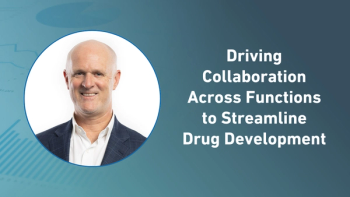
See how integrated teams, data visualization, and full-service coordination between clinical, regulatory, and commercial functions can accelerate decision-making and development speed.

New results from the Phase III MATTERHORN trial show AstraZeneca’s Imfinzi combination reduced the risk of death by 22% versus chemotherapy alone, marking a major advance for patients with resectable gastric and gastroesophageal junction cancers.
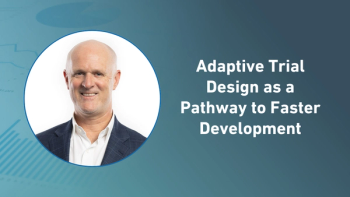
See how early patient inclusion, integrated regulatory planning, and seamless CRO partnerships can help biotechs accelerate progression from Phase I to Phase II.

Praxis Precision Medicines’ Essential3 program met all primary and key secondary endpoints, with ulixacaltamide showing significant improvements in tremor control and daily functioning in patients with essential tremor.
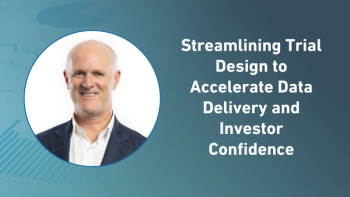
Understand how intelligent study design, focused data collection, and faster analytics can help clinical teams deliver meaningful results that sustain investor momentum.

Eli Lilly’s oral GLP-1 therapy, orforglipron, met all primary and key secondary endpoints in the Phase III ACHIEVE-2 and ACHIEVE-5 studies, showing significant A1C reduction, weight loss, and cardiovascular benefits compared to both dapagliflozin and placebo.

Gain insight into why early toxicology readiness and strong scientific collaboration with CRO partners are critical to accelerating trial startup and regulatory approval.

Uncover how improving data accuracy and leveraging synthetic control arms can optimize trial efficiency, reduce costs, and generate stronger real-world insights.
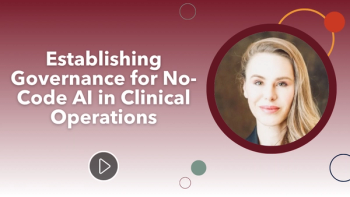
Examine strategies for validating, monitoring, and safely deploying configurable AI agents to ensure compliance and performance in clinical trials.
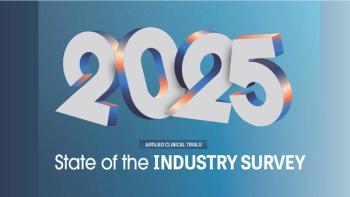
Capturing insights from clinical research professionals on the key trends and challenges shaping drug development today, from those in clinical trial operations and site relationships, to technology and AI, and the evolving regulatory and policy terrain.

Last week’s top stories explored how NIH’s shutdown plan is testing research resilience, why data infrastructure must precede AI adoption in 2025, and how sponsors are redefining outsourcing with hybrid resourcing models focused on flexibility, quality, and collaboration.
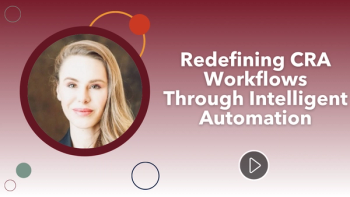
Take a closer look at how agentic AI can automate repetitive monitoring tasks while keeping human oversight central to critical decision-making in clinical research.
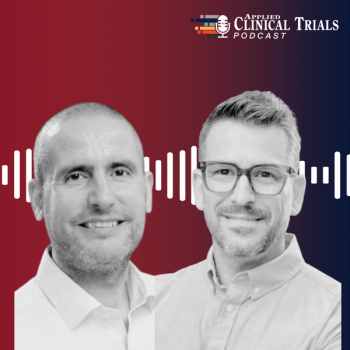
In this episode of the ACT Podcast, we highlight a recent Q&A featuring Ibrahim Kamstrup-Akkaoui, vice president of data systems innovation at Novo Nordisk; and a feature article by Chris Driver, senior director of product management, Patient Suite at IQVIA, in which they both highlight how sponsors are adopting automation to streamline operations.
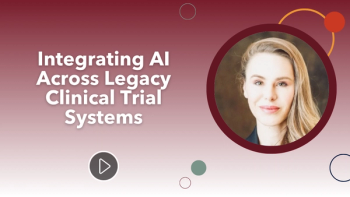
Gain perspective on how agentic AI can bridge eCOA, EDC, IRT, and CTMS platforms to reduce manual effort and improve operational efficiency.
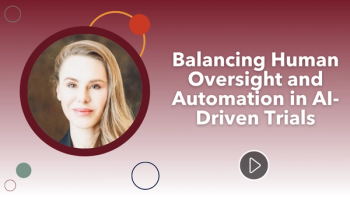
Understand how adaptive human-in-the-loop frameworks can maintain safety and decision quality as AI becomes more embedded in trial monitoring and data review.

Learn how streamlined confidentiality agreements and consistent workflows can speed site activation and improve sponsor-site transparency.

Gain insight into how listening to site feedback and prioritizing engagement, training, and local patient understanding can drive smoother startups and stronger study outcomes.
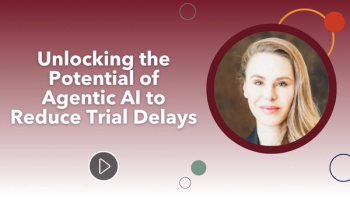
Gain insight into how AI-powered agents can eliminate inefficiencies, shorten development timelines, and free clinical teams to focus on strategic decision-making.